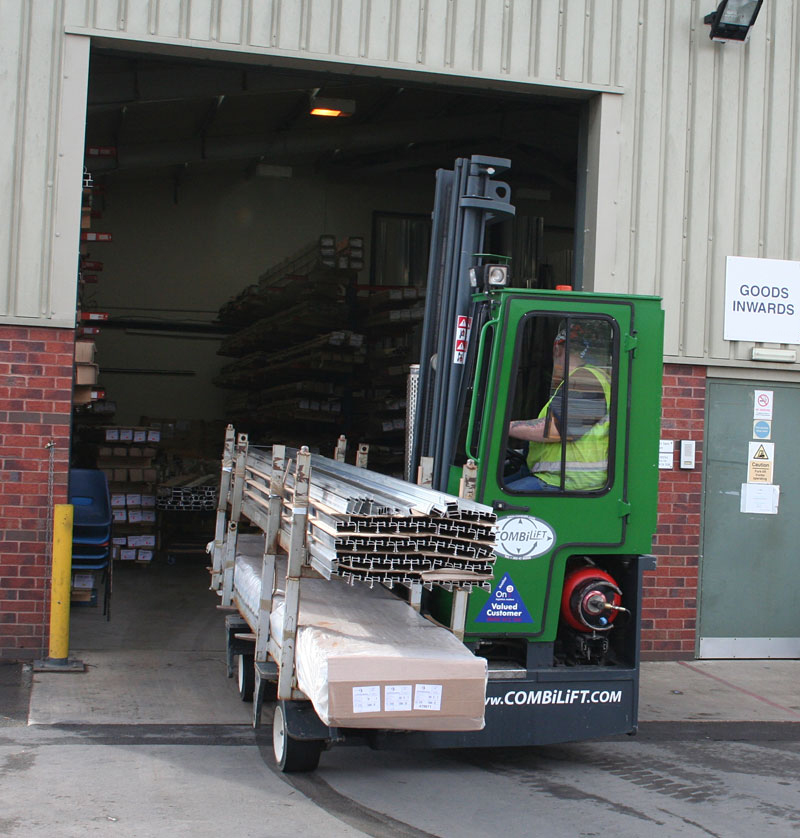Call Our Experts On:
Forklifts are incredibly versatile, powerful machines that make short work of tasks and activities in and around the warehouse, no matter which make and model you go for. Each and every vehicle is designed with expert precision and efficiency in mind. With every development that comes along, the forklift becomes even more advanced in a number of aspects, including capabilities, features and even fuel types.
One of the most popular forklift types right now, that haven’t been on the market for too long, are hydrostatic forklifts and in this article, we’ll be explaining to you exactly what they are, their benefits and even some drawbacks to these latest machines.
This is easily explainable if you think about the transmission in your car. Where an automatic transmission doesn’t require the driver to take action by way of changing gears, a manual transmission does. When it comes to a hydrostatic forklift, there are no gears to be changed which also means there isn’t a clutch. Much like in an automatic vehicle, the driver operates the forklift using pedals and speed selectors for maximum efficiency.
This new way of driving a forklift means that greater speeds can be attained so long as the lever is continuously moved by the operator, regardless of whether the driver is wanting to travel forwards or backwards. But if the operator wants to travel backwards, it needs to be done from a stationary position and not when the vehicle is already in motion.
Although the hydrostatic forklift still needs fuel in order to run, making them available as electric, LPG or diesel models, their emissions output is kept to an absolute minimum as the engine will operate at a lower RPM. This is because the engines will transfer much of the power to the wheels of the forklift through hydraulic fluid. Not only will this reduce fuel costs in the long run, but it’ll also reduce the amount of associated water use.
There are a number of different benefits to implementing a hydrostatic forklift. Where some will be more advantageous than others, this entirely depends on your business, the industry you work in and also your budget. Consider your individual needs before committing to purchase or hire such a machine.
There are some disadvantages to using a hydrostatic forklift and many of them come into play when they need to be operated on soft or exceptionally smooth surfaces. Essentially, the result that comes from this is too much torque which can subsequently cause wheels to spin when in contact with such terrain.
Something else that can happen is an operator could gain dexterity in speed control as it’s exceptionally easy to do in a hydrostatic forklift. Although, driving it at high speeds can cause issues in terms of health and safety in the workplace.
Hydrostatic forklifts also carry a much heftier initial price tag than other, more conventional forklifts currently on the market. Also, if something does go wrong and you need repairs to be carried out on your hydrostatic forklift, then they’ll often be eye wateringly expensive in comparison to having an electric forklift repaired, for example.
Charnwood Lift Trucks are proud to be able to provide our customers with a wide range of warehouse equipment, including diesel, electric and LPG forklifts. Whether you wish to purchase a new or used piece of equipment or hire what you need instead, our team of expert engineers will always be on hand to help and guide you through the process. No matter what you require or how small your budget is, we’ll have the perfect solution for you – for more information, get in touch with a professional, knowledgeable member of our team today.

Charnwood Lift Truck Services are one of the leading Mitsubishi Forklift dealers operating in the Midlands.
If you have any questions about our products and services please contact us.
